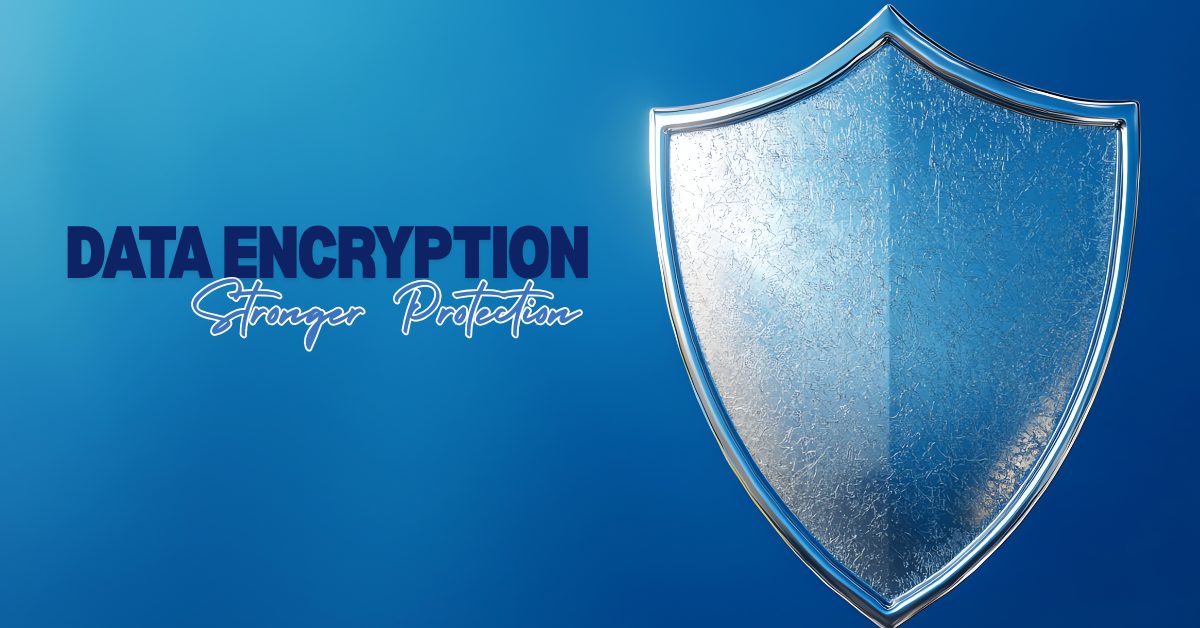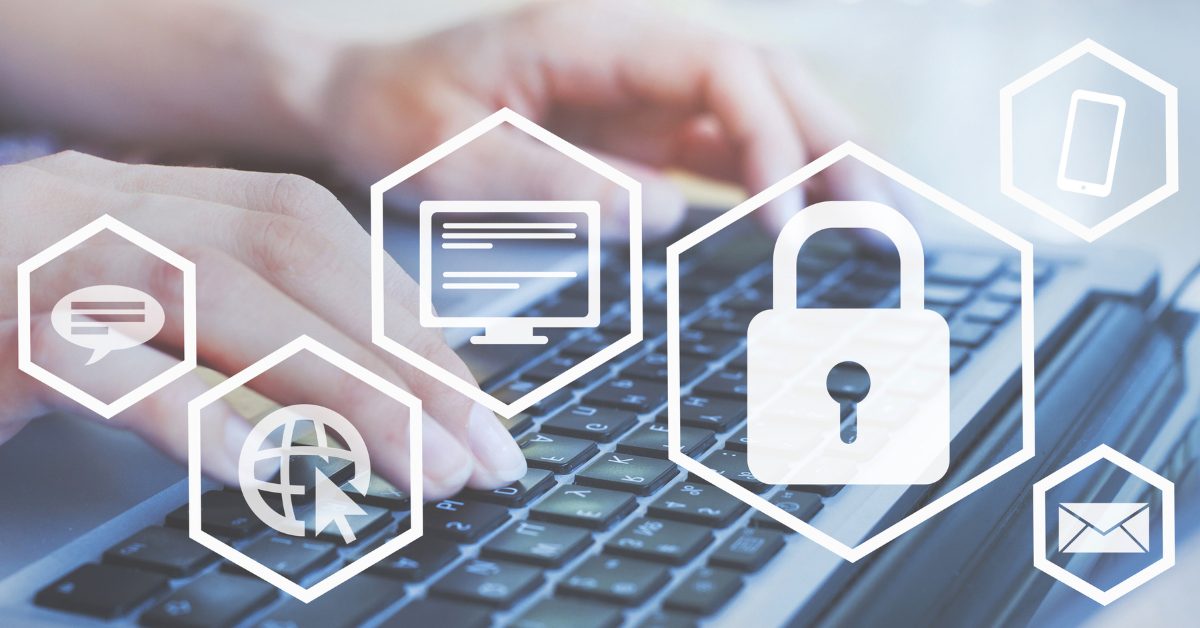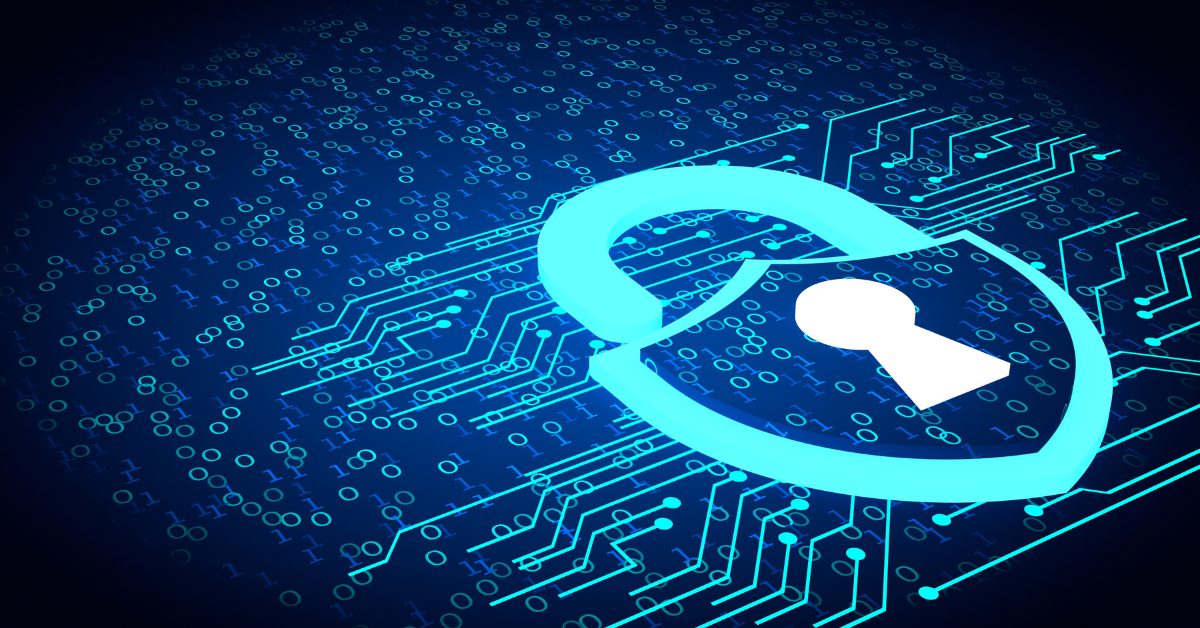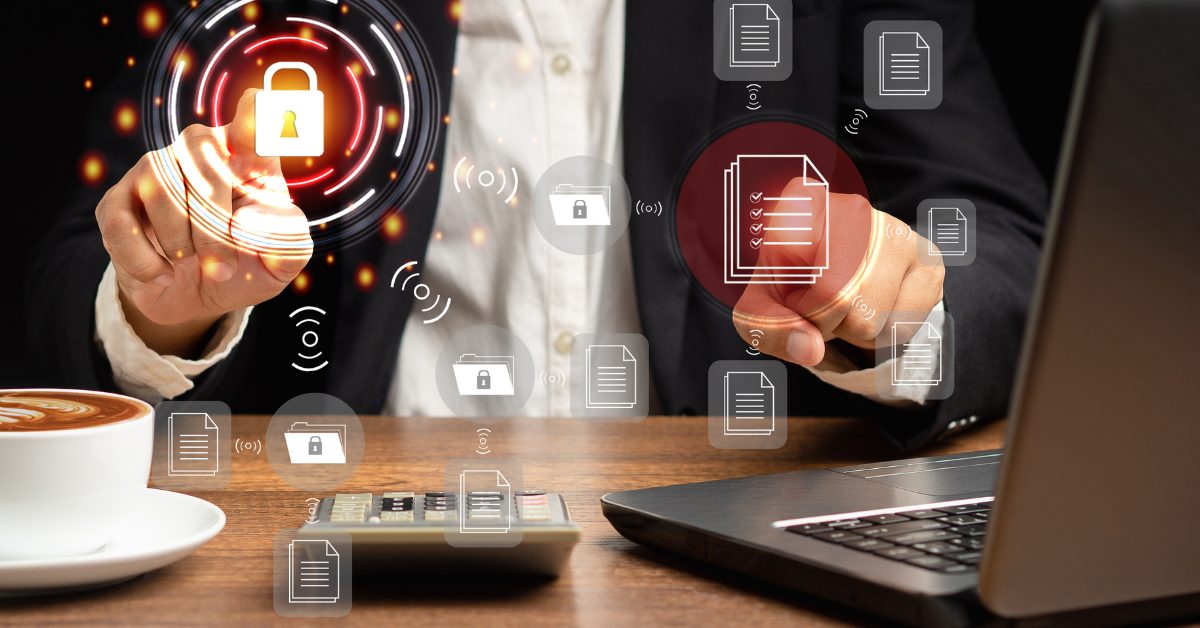The Risk Behind Ignoring End-of-Life Systems
When Microsoft announced the Windows 10 EOL (End of Life), many small businesses and professionals hesitated to upgrade. The familiar interface, the cost of new hardware, and software compatibility issues made staying on Windows 10 feel like the easier choice.
But that decision comes with serious consequences. Once an operating system reaches its end of life, it stops receiving critical security patches and updates. This creates an open door for cybercriminals.
According to Gallop Technology Group, a managed service provider specializing in cybersecurity and IT management for small businesses, running an unsupported system is like “leaving your front door wide open and posting a sign that says, ‘Welcome, Hackers.’”
If your organization still uses Windows 10, understanding why hackers target Windows EOL systems is essential to protecting your team and clients. Let’s break down the risks, the motivations behind these attacks, and how cybersecurity best practices for individuals can help you stay safe.
The Best Practices of Cyber Security Start with Updates
One of the best practices of cyber security is simple: keep your systems updated.
Hackers love outdated systems because they contain unpatched vulnerabilities—security holes that remain open after official support ends. When Microsoft stops releasing patches, those vulnerabilities are never fixed, no matter how dangerous they are.
This gives hackers a permanent blueprint to exploit. They can scan networks for devices running Windows 10 and use publicly known vulnerabilities to gain unauthorized access. Once inside, they can install ransomware, steal data, or hijack systems for larger attacks.
Unpatched Vulnerabilities: The Hacker’s Playground
Every month, Microsoft releases “Patch Tuesday” updates to fix newly discovered flaws. After EOL, those updates stop.
Hackers know this and monitor update releases closely. When Microsoft announces a vulnerability fix for Windows 11, they immediately test whether the same flaw exists in Windows 10—and if it does, they exploit it.
This pattern has repeated for decades. A classic example is the WannaCry ransomware attack, which infected over 200,000 systems worldwide. The exploit targeted a Windows vulnerability that Microsoft had already patched—but unpatched or unsupported systems remained vulnerable. The damage cost businesses hundreds of millions of dollars.
Why Hackers Love End-of-Life Systems
Outdated Security Software
Legacy systems typically rely on outdated antivirus programs, firewalls, and network defenses. These tools often stop receiving signature updates once the operating system is discontinued.
Without current definitions, even “protected” devices become easy targets for modern malware and phishing attacks.
For example, many small businesses running Windows 10 still use old endpoint protection tools that no longer detect new ransomware variants. This means a simple phishing email can bypass defenses that appear “active” but are, in reality, obsolete.
Legacy System Constraints
Some organizations continue using EOL systems because they rely on specialized software that doesn’t work on Windows 11. Accountants, for instance, might need old versions of QuickBooks or Adobe products that aren’t compatible with the newer OS.
Hackers know this dependency makes upgrades slow and expensive—so they specifically target industries like law firms, CPA offices, and nonprofits, where outdated systems are common.
Cybercriminals use scanning tools to identify vulnerable machines across the internet. Once detected, they exploit these systems knowing that the victims are less likely to have strong defenses or timely patch management.
Lack of Modern Security Features
Modern operating systems like Windows 11 include advanced security features such as:
- Secure Boot
- TPM 2.0 (Trusted Platform Module)
- Device encryption
- Virtualization-based security
End-of-life systems like Windows 10 often lack these features—or they’re disabled by default. This gives hackers more room to maneuver. For instance, without Secure Boot, malware can infect the startup process itself, making it nearly impossible to detect or remove.
The Real-World Consequences of Ignoring Windows 10 EOL
The Cost of Delay
Many companies delay upgrading due to budget constraints. Hardware replacement, software licensing, and compatibility testing all take time and money.
But waiting too long can backfire. As EOL approaches, demand for Windows 11-compatible computers increases, driving up prices.
Gallop Technology Group’s IT experts have seen this trend before: as soon as EOL announcements go public, the cost of compatible computers and upgrade services skyrockets—leaving late adopters scrambling.
The Business Impact of Data Breaches
The financial impact of a single ransomware incident can devastate a small business. The Verizon 2024 Data Breach Investigations Report found that 60% of small businesses close within six months of a cyberattack.
That’s not just due to ransom payments—it includes lost productivity, legal fees, client data exposure, and reputation damage.
If your firm handles client-sensitive information—such as law firms or accountants—the liability can be even higher. Data protection and compliance regulations (like HIPAA or GLBA) require organizations to maintain secure systems. Running unsupported software can be interpreted as negligence in the event of a breach.
Identifying If Your System Is at Risk
To see whether you’re running Windows 10 or another outdated version:
- Click Start, type “winver”, and press Enter.
- You can also go to Settings > About this PC to see your system version.
- If you use remote management tools (RMM) or Microsoft Intune, your IT provider can generate a report instantly.
If you discover Windows 10 is still in use, plan your migration strategy immediately. Don’t wait until the final cutoff—transitioning to Windows 11 or a managed cloud desktop environment ensures you stay compliant and protected.
How Cybersecurity Training Protects Your Business
Even the most secure systems can fail if employees aren’t trained to recognize threats.
This is where cybersecurity training becomes critical. Educating your team on phishing, social engineering, and password hygiene can prevent most breaches before they happen.
When employees understand why hackers target outdated systems, they’re more likely to report suspicious behavior and comply with update policies.
Integrating Cybersecurity Education into Daily Operations
Strong cybersecurity education doesn’t have to be complex or technical. The goal is awareness and consistency.
Simple measures—like recognizing fake update pop-ups, avoiding suspicious attachments, or verifying IT support requests—can make a huge difference.
At Gallop Technology Group, we work with clients to implement ongoing training programs that align with business workflows. These include short video lessons, phishing simulations, and incident response drills—helping small business teams stay sharp without disrupting operations.
Steps to Transition from Windows 10 to Windows 11 Safely
Upgrading your systems is more than installing a new OS—it’s a strategic security investment.
Here’s a step-by-step outline for a smooth transition:
Verify Hardware Readiness
Run Microsoft’s PC Health Check Tool or open PowerShell and type get-tpm to confirm TPM 2.0 is enabled.
You’ll also need:
- Minimum 4 GB of RAM (8 GB recommended)
- At least 64 GB of storage
- Intel 8th Gen or newer processor
- Secure Boot enabled in BIOS
Check Software Compatibility
Before upgrading, confirm that your essential programs—like QuickBooks or older Adobe versions—work on Windows 11. Some may require paid updates.
Your IT provider can create a compatibility checklist and test the upgrade on one workstation before rolling it out company-wide.
Backup and Encrypt Data
Always perform a full backup using encrypted storage or a secure cloud solution before migrating. This ensures recovery if the installation fails or data becomes corrupted.
Use Managed IT Services
Partnering with a Managed Service Provider (MSP) like Gallop Technology Group helps automate patching, compliance, and monitoring. MSPs use Remote Monitoring and Management (RMM) tools to ensure every device is updated and secure—without interrupting your staff’s productivity.
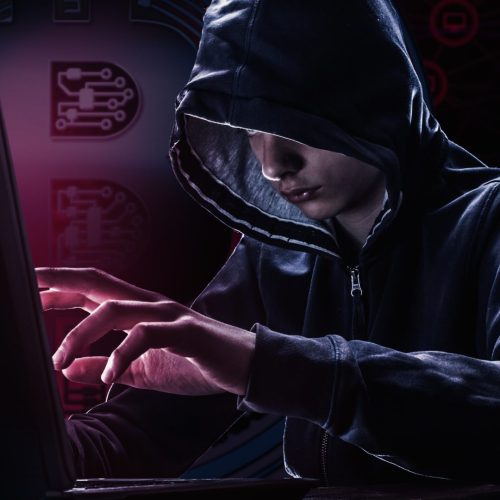
Cybersecurity Best Practices for Individuals and Teams
Protecting your business from Windows 10 EOL threats starts with individual habits.
Here are essential cybersecurity best practices for individuals that every employee should follow:
- Enable automatic updates for all software and applications.
- Use strong, unique passwords and store them in a password manager.
- Implement multi-factor authentication (MFA) wherever possible.
- Never click unknown links or download files from suspicious emails.
- Report unusual computer behavior to your IT team immediately.
- Regularly back up files to a secure, encrypted location.
By practicing these principles daily, your team becomes a powerful first line of defense.
What You Can Learn from Past EOL Attacks
Cybercriminals often reuse old tactics because they continue to work on unprotected systems.
Two well-known examples include:
- WannaCry Ransomware (2017): Exploited a Windows vulnerability to encrypt files globally, demanding ransom in Bitcoin.
- Conficker Worm (2008): Spread rapidly through weak passwords and unpatched systems—still infecting networks years later.
These incidents prove that outdated operating systems remain vulnerable long after their official support ends. The same pattern will likely repeat with Windows 10 EOL unless businesses act proactively.
Stay Ahead of Hackers with Gallop Technology Group
Cybersecurity isn’t just about technology—it’s about strategy, awareness, and continuous education. Running Windows 10 after its end of life leaves your business open to attacks, data loss, and compliance violations that can be costly and damaging. The good news is that you can take control now.
At Gallop Technology Group, we help small businesses stay ahead of hackers by providing comprehensive IT and cybersecurity solutions. Our team ensures that your systems are properly upgraded, patched, and protected while educating your staff through effective cybersecurity training and awareness programs. From managed IT support and data backup to cloud hosting and endpoint security, we deliver the tools and expertise your organization needs to operate confidently in a threat-filled digital landscape. Don’t wait until a breach forces your hand—secure your technology and protect your people today. Contact our team at 480-614-4227 to schedule your free security consultation.
Sources:


